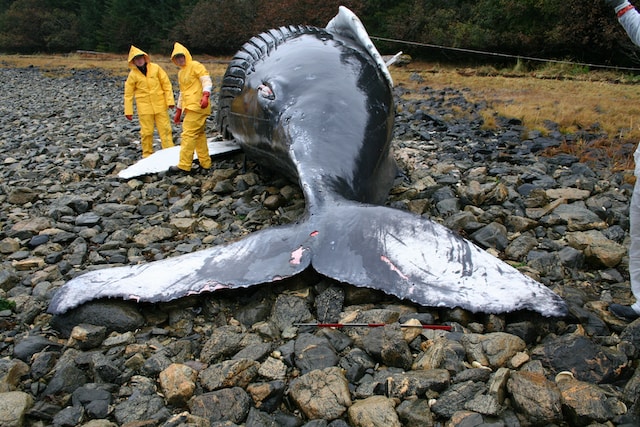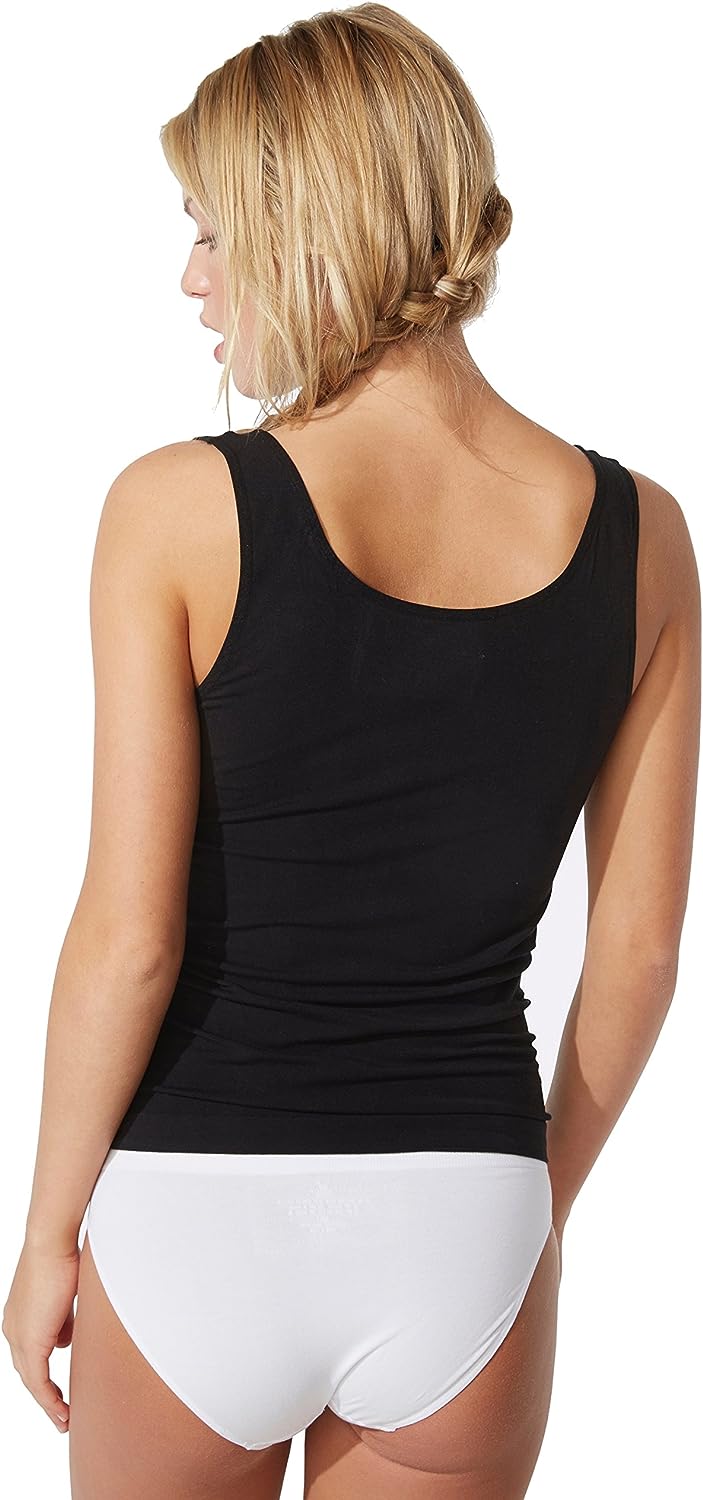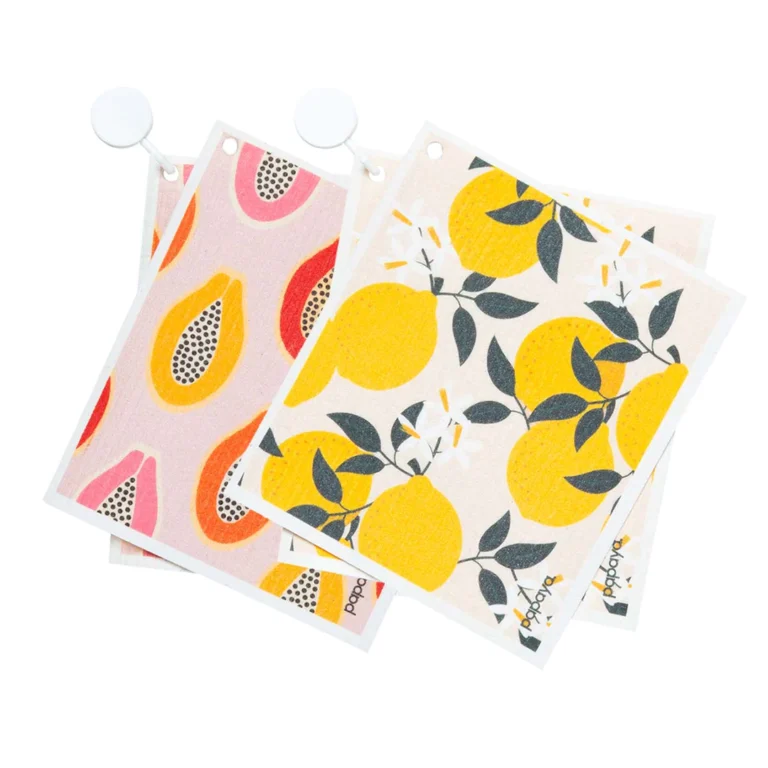In this article, we will discuss the concept of circular fashion and why it is becoming increasingly important in the world today. You will learn what circular fashion means and how it differs from traditional linear fashion. We will explore the environmental and economic benefits of circular fashion, as well as the steps that individuals and the fashion industry can take to embrace this sustainable approach. By the end of this article, you will have a better understanding of why circular fashion is essential for a more sustainable future.
Defining Circular Fashion
What is Circular Fashion?
Circular fashion is an innovative approach to designing and producing clothing that aims to create a closed-loop system, where materials and resources are reused and regenerated at the end of their life cycle, rather than discarded as waste. It focuses on maintaining the value of products and materials for as long as possible, through strategies like recycling, upcycling, and sustainable material sourcing.
Circular fashion promotes the idea of a circular economy, where resources are used in a more sustainable and efficient manner, reducing waste and minimizing the negative environmental impacts caused by the traditional linear fashion model.
The Principles of Circular Fashion
Circular fashion is based on several key principles that guide its development and implementation. These principles include:
-
Designing for Durability: Circular fashion emphasizes the creation of high-quality, durable garments that are made to last. This approach reduces the need for frequent replacements and extends the lifespan of products.
-
Implementing Recycling and Upcycling: Circular fashion encourages the recycling and upcycling of materials to create new products and extend the life cycle of existing ones. This helps to minimize waste and conserve resources.
-
Adopting Sustainable Material Sourcing: Circular fashion promotes the use of sustainable and eco-friendly materials, such as organic fabrics and recycled fibers. By choosing materials that have a lower environmental impact, the fashion industry can significantly reduce its carbon footprint.
How Circular Fashion Differs from Traditional Fashion
Circular fashion differs from traditional fashion in several significant ways. Unlike the linear fashion model, which follows a “take-make-waste” approach, circular fashion aims to create a closed-loop system.
In the traditional fashion industry, raw materials are extracted, processed, and transformed into garments. These garments are then sold to consumers, who eventually dispose of them, leading to a significant amount of waste. This linear model is resource-intensive, generates pollution, and contributes to the depletion of natural resources.
Circular fashion, on the other hand, prioritizes resource efficiency and waste reduction. It focuses on strategies such as recycling, upcycling, and sustainable material sourcing. By keeping materials and products in use for longer periods, circular fashion aims to minimize waste generation and reduce the environmental impact of the fashion industry.
Environmental Impact of the Fashion Industry
Pollution and Waste Generation
The fashion industry is known for its significant contribution to pollution and waste generation. The production and consumption of clothing involve various processes and materials that can have detrimental effects on the environment.
The textile dyeing and finishing process, for example, releases large amounts of harmful chemicals into waterways, leading to water pollution and the destruction of aquatic ecosystems. Additionally, the disposal of textile waste in landfills contributes to the release of greenhouse gases, further exacerbating climate change.
Resource Depletion
The fashion industry relies heavily on the extraction of natural resources such as oil (for synthetic fibers), water (for textile processing), and land (for cotton cultivation). This continuous extraction of resources has a detrimental impact on the environment, leading to habitat destruction, deforestation, and soil degradation.
Moreover, the fashion industry is one of the largest consumers of water globally, accounting for a significant portion of freshwater depletion. This overuse of water resources puts a strain on ecosystems and can result in water scarcity in regions where textile production is concentrated.
Negative Impacts on Biodiversity
The fashion industry, particularly through activities such as cotton farming, contributes to the loss of biodiversity. Pesticides and fertilizers used in cotton cultivation can contaminate soil and water, harming plant and animal species in the surrounding ecosystems.
Additionally, the extraction of materials like leather and fur requires the use of animal products, leading to the exploitation and cruelty towards animals. Supporting the transition to circular fashion can help minimize these negative impacts and contribute to the preservation of biodiversity.

Advantages of Circular Fashion
Reducing Environmental Footprint
Circular fashion offers significant advantages in terms of reducing the environmental footprint of the fashion industry. By promoting strategies like recycling and upcycling, it minimizes the need for new raw materials, thus reducing resource extraction and pollution.
Furthermore, by extending the lifespan of products and materials, circular fashion reduces the amount of waste generated, diverting textiles from landfills and incineration. This helps to address the issue of textile waste and its associated environmental impacts.
Promoting Sustainability and Ethical Practices
Circular fashion promotes sustainability and ethical practices throughout the supply chain. It encourages fashion brands to adopt responsible production methods, from sourcing materials to manufacturing and distribution. By prioritizing eco-friendly materials and ensuring fair labor practices, circular fashion contributes to a more sustainable and ethical fashion industry.
Circular fashion also supports transparency and traceability in the supply chain, allowing consumers to make informed choices and support brands that align with their values. This increased transparency helps to hold fashion brands accountable for their actions and drives the industry towards more responsible practices.
Encouraging Circular Economy
Circular fashion plays a crucial role in promoting the concept of a circular economy. By shifting away from the linear “take-make-waste” model, circular fashion encourages a more sustainable and efficient use of resources.
By adopting circular fashion principles and strategies, the fashion industry can contribute to the development of a circular economy where materials and products are continuously reused, recycled, or upcycled. This creates a system that is less reliant on resource extraction and reduces waste generation, ultimately leading to a more sustainable and resilient future.
Circular Fashion Strategies
Designing for Durability
Designing for durability is a key strategy in circular fashion. By creating high-quality garments that are made to last, fashion brands can reduce the need for frequent replacements and extend the lifespan of products. This involves using durable materials, robust construction techniques, and timeless designs that withstand changing fashion trends.
Fashion brands can also engage with consumers to promote proper care and maintenance of garments, ensuring they remain in good condition for longer. This not only helps to reduce waste but also enhances the value and longevity of products.
Implementing Recycling and Upcycling
The implementation of recycling and upcycling strategies is essential in circular fashion. Recycling involves the collection and processing of used garments to create new textiles or other products. Through recycling, fashion brands can divert textiles from landfills and significantly reduce the demand for virgin materials.
Upcycling, on the other hand, involves transforming existing garments into new, higher-value products. This creative approach allows fashion brands to give new life to old textiles, reducing waste and promoting innovation.
Adopting Sustainable Material Sourcing
Sustainable material sourcing is another crucial strategy in circular fashion. It involves the use of eco-friendly and socially responsible materials, such as organic cotton, recycled polyester, and alternative fibers like hemp or bamboo.
By choosing sustainable materials, fashion brands can minimize the environmental impact of their products and support the development of a more sustainable fashion industry. This strategy also involves considering the entire life cycle of materials, from production to disposal, ensuring that they are sourced responsibly and do not harm ecosystems or communities.

Collaboration and Innovation in Circular Fashion
The Role of Fashion Brands
Fashion brands play a crucial role in driving the transition to circular fashion. By adopting circular fashion principles and implementing sustainable practices, they can significantly reduce the environmental impact of their operations.
Fashion brands can collaborate with designers, suppliers, and other stakeholders to establish circular fashion initiatives. This can involve partnerships to develop recycling and upcycling programs, as well as initiatives to educate and engage consumers in sustainable fashion practices.
Furthermore, fashion brands can invest in research and innovation to develop new materials, technologies, and production methods that support circularity. By leading the way in circular fashion, brands can inspire and motivate others in the industry to follow suit.
Technology and Digitalization in Circular Fashion
Technology and digitalization play a significant role in advancing circular fashion. Innovations such as blockchain and RFID (Radio-Frequency Identification) technology can improve traceability and transparency in the supply chain, enabling brands and consumers to make more sustainable choices.
Digital platforms can also facilitate the sharing and reselling of clothing, promoting the concept of a sharing economy and reducing the need for new garments. Additionally, advancements in textile recycling technologies can help fashion brands recycle or upcycle textile waste into new products.
Global Initiatives and Partnerships
Global initiatives and partnerships are crucial for the successful implementation of circular fashion. Organizations like the Ellen MacArthur Foundation’s Make Fashion Circular initiative and the Fashion Revolution movement work towards raising awareness and driving positive change in the fashion industry. These initiatives bring together fashion brands, policymakers, and other stakeholders to collaborate on circular fashion goals and strategies.
Government regulations, policies, and incentives also play a vital role in supporting circular fashion. By creating an enabling environment through regulations and providing financial incentives, governments can encourage fashion brands to adopt circular practices and accelerate the transition towards a more sustainable fashion industry.
Challenges and Barriers
Lack of Consumer Awareness
One of the key challenges in transitioning to circular fashion is the lack of consumer awareness and understanding. Many consumers are not aware of the environmental impact of the fashion industry or the benefits of circular fashion. This lack of awareness can hinder the adoption of sustainable fashion practices and discourage brands from investing in circular initiatives.
Educating consumers about the importance of circular fashion and its positive impacts is essential in driving change. By raising awareness through campaigns, events, and digital platforms, the fashion industry can foster a more informed and conscious consumer base.
Infrastructure and Supply Chain Limitations
The current infrastructure and supply chain in the fashion industry present challenges to the implementation of circular fashion. Limited recycling and upcycling facilities, as well as the lack of efficient collection and sorting systems, pose barriers to the circularity of materials.
Investments in infrastructure and the development of efficient recycling and upcycling facilities are necessary to enable a circular fashion system. Fashion brands can collaborate with stakeholders to create an infrastructure that supports the recycling and upcycling of textiles, ensuring that materials are effectively diverted from landfills and reintegrated into new products.
Economic Implications
Transitioning to circular fashion can have economic implications, particularly for fashion brands. It involves significant investments in research, innovation, and sustainable practices, which may require changes to business models and supply chains.
However, circular fashion also presents opportunities for the fashion industry. By adopting circular strategies, brands can differentiate themselves and appeal to consumers who are increasingly conscious of sustainability and ethics. Furthermore, the development of a circular economy can create new job opportunities and foster innovation in the fashion industry.
Government Regulations and Policies
Encouraging Sustainable Practices
Government regulations and policies play a crucial role in encouraging sustainable practices in the fashion industry. Environmental standards can be implemented to regulate the use of harmful chemicals in textile production, reducing water pollution and promoting safer manufacturing processes.
Governments can also provide incentives, such as grants and tax benefits, to fashion brands that adopt sustainable practices. These incentives can offset the costs of transitioning to circular fashion and encourage brands to invest in sustainable technologies and materials.
Promoting Extended Producer Responsibility
Extended Producer Responsibility (EPR) is a concept that holds manufacturers accountable for the entire lifecycle of their products, including their end-of-life disposal. Governments can implement EPR policies specific to the fashion industry, requiring fashion brands to take responsibility for the collection and recycling of their products.
By implementing EPR, governments can encourage fashion brands to design products with recyclability and reusability in mind, driving a shift towards circularity.
Tax Incentives and Grants
Governments can provide tax incentives and grants to fashion brands that demonstrate a commitment to circular fashion. These financial incentives can help offset the costs associated with implementing sustainable practices and investing in research and innovation.
By supporting fashion brands in their transition to circular fashion, governments can drive positive change in the industry and create a more sustainable and resilient fashion ecosystem.
Circular Fashion in Action: Case Studies
H&M’s Garment Collecting Program
One notable case study in circular fashion is H&M’s Garment Collecting Program, which was launched in 2013. The program encourages customers to bring their unwanted garments, regardless of brand and condition, to H&M stores for recycling.
Through the program, H&M collects used clothing and textiles, diverting them from landfills and incineration. The collected garments are then sorted, with those that are still wearable sold as secondhand items, and the rest recycled into new textiles or other products. This initiative aims to close the loop on textile waste and promote circular practices.
The New Denim Project
The New Denim Project is an innovative initiative that exemplifies circular fashion in the denim industry. Based in Guatemala, this project takes discarded denim fabric and transforms it into unique, high-quality denim textiles.
The project uses a combination of traditional weaving techniques and sustainable dyeing processes to create new denim fabrics from old garments. By upcycling denim waste, The New Denim Project reduces the environmental impact associated with denim production and promotes the concept of circularity in the fashion industry.
Patagonia’s Worn Wear Initiative
Patagonia’s Worn Wear initiative is a prime example of a brand implementing circular fashion principles. The initiative encourages customers to repair and reuse their Patagonia garments instead of buying new ones. Patagonia offers free repairs for any Patagonia product, regardless of its age or condition, through their certified repair centers.
In addition to repairs, Patagonia also operates a secondhand marketplace where customers can buy and sell used Patagonia products. This initiative not only promotes the longevity of products but also reduces the demand for new garments, contributing to a more sustainable fashion industry.
The Role of Consumers in Circular Fashion
Changing Consumer Mindset
Consumers play a crucial role in driving the transition to circular fashion. By adopting a sustainable mindset and making conscious purchasing decisions, consumers can help create demand for circular products and support brands that prioritize sustainability.
Changing consumer behaviors and attitudes towards fashion, such as buying fewer but higher-quality garments and embracing secondhand or rental options, can significantly reduce the environmental impact of the fashion industry. By considering the lifecycle of products and choosing those with a lower environmental footprint, consumers can contribute to a more sustainable future.
Supporting Sustainable Brands
Supporting sustainable fashion brands is another way consumers can contribute to circular fashion. By purchasing from brands that prioritize sustainability and ethical practices, consumers send a message to the fashion industry that sustainability is important.
Furthermore, consumers can consider certifications and labels that verify a brand’s commitment to circular fashion and sustainability. Labels such as Fairtrade, Global Organic Textile Standard (GOTS), and Bluesign certification indicate that a brand has met specific environmental and social standards.
Renting and Secondhand Markets
The rise of rental and secondhand markets offers consumers additional opportunities to engage with circular fashion. Renting clothes for special occasions or subscribing to clothing rental services allows consumers to enjoy the latest trends without the need for ownership.
Secondhand markets, whether online platforms or physical stores, offer consumers the chance to buy pre-loved garments at a lower cost while reducing the demand for new products. Embracing these alternative consumption models helps to extend the lifespan of garments and minimize waste.
Conclusion
Understanding the importance of circular fashion is crucial in shaping the future of the fashion industry. Circular fashion offers a sustainable and innovative approach that addresses the environmental challenges posed by the traditional linear fashion model.
By adopting circular fashion principles, fashion brands can reduce their environmental footprint, promote sustainability and ethical practices, and contribute to the development of a circular economy. While there are challenges and barriers to overcome, including lack of consumer awareness and infrastructure limitations, the role of governments, collaborations, and innovation can drive positive change in the industry.
Ultimately, circular fashion holds the key to creating a more sustainable future, enhancing transparency and accountability, and ensuring the long-term viability of the fashion industry. Embracing circular fashion is not just an option; it is a necessity for the health of our planet and the well-being of future generations.












